
I did this last year and some folks seemed to dig it; plus, I enjoy the hell out of making lists and reading lists like these so I’m doing it again this year.
Even granting that these represent my own interests (film, philosophy, art, literature, etc.) and therefore omit plenty of titles I’m sure were great but fall outside my purview, with so many badass nonfiction books published this year it was nearly impossible to select only twenty titles. Tough cuts had to be made.
So my thinking behind this list was to present you with books that might not already be on your radar. Which is to say, a brilliant book such as Scott McClanahan’s Crapalachia: A Biography of Place , or Rebecca Solnit’s The Faraway Nearby
, or Rebecca Solnit’s The Faraway Nearby , or Jamie Iredell’s I Was a Fat Drunk Catholic School Insomniac
, or Jamie Iredell’s I Was a Fat Drunk Catholic School Insomniac , for instance, aren’t on this list because I figure you’ve already read them or are at least aware that they are completely awesome and that you need them.
, for instance, aren’t on this list because I figure you’ve already read them or are at least aware that they are completely awesome and that you need them.
Without further blah blah, you can expect two more of these in the coming days, one for fiction and one for poetry.
If you’re like me and haven’t even begun shopping yet, hopefully this list will help you find something for someone. Oh and for those who care, my click-throughs use my Amazon Affiliate number…the pennies that come back to me when you click on the titles go toward diapers and baby soap for my four month old son.
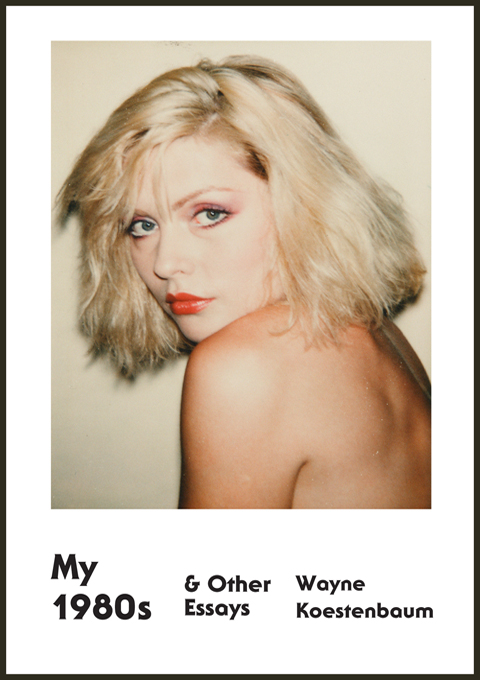
My 1980s and Other Essays
by Wayne Koestenbaum
My 1980s and Other Essays opens with a series of manifestos—or, perhaps more appropriately, a series of impassioned disclosures, intellectual and personal. It then proceeds to wrestle with a series of major cultural figures, the author’s own lodestars and lodestones: literary (John Ashbery, Roberto Bolaño, James Schuyler), artistic (Diane Arbus, Cindy Sherman, Andy Warhol), and simply iconic (Brigitte Bardot, Cary Grant, Lana Turner). And then there is the personal—the voice, the style, the flair—that is unquestionably Koestenbaum. It amounts to a kind of intellectual autobiography that culminates in a string of passionate calls to creativity; arguments in favor of detail and nuance, and attention; a defense of pleasure, hunger, and desire in culture and experience.

Corridor: Media Architectures in American Fiction
by Kate Marshall
Corridor offers a series of conceptually provocative readings that illuminate a hidden and surprising relationship between architectural space and modern American fiction. By paying close attention to fictional descriptions of some of modernity’s least remarkable structures, such as plumbing, ductwork, and airshafts, Kate Marshall discovers a rich network of connections between corridors and novels, one that also sheds new light on the nature of modern media.
The corridor is the dominant organizational structure in modern architecture, yet its various functions are taken for granted, and it tends to disappear from view. But, as Marshall shows, even the most banal structures become strangely visible in the noisy communication systems of American fiction. By examining the link between modernist novels and corridors, Marshall demonstrates the ways architectural elements act as media. In a fresh look at the late naturalist fiction of the 1920s, ’30s, and ’40s, she leads the reader through the fetus-clogged sewers of Manhattan Transfer to the corpse-choked furnaces of Native Son and reveals how these invisible spaces have a fascinating history in organizing the structure of modern persons.

.
The Body of Writing: An Erotics of Contemporary American Fiction
by Flore Chevaillier
The Body of Writing: An Erotics of Contemporary American Fiction examines four postmodern texts whose authors play with the material conventions of “the book”: Joseph McElroy’s Plus (1977), Carole Maso’s AVA (1993), Theresa Hak Kyung Cha’s DICTEE (1982), and Steve Tomasula’s VAS (2003). By demonstrating how each of these works calls for an affirmative engagement with literature, Flore Chevaillier explores a centrally important issue in the criticism of contemporary fiction. Critics have claimed that experimental literature, in its disruption of conventional story-telling and language uses, resists literary and social customs. While this account is accurate, it stresses what experimental texts respond to more than what they offer. This book proposes a counter-view to this emphasis on the strictly privative character of innovative fictions by examining experimental works’ positive ideas and affects, as well as readers’ engagement in the formal pleasure of experimentations with image, print, sound, page, orthography, and syntax.
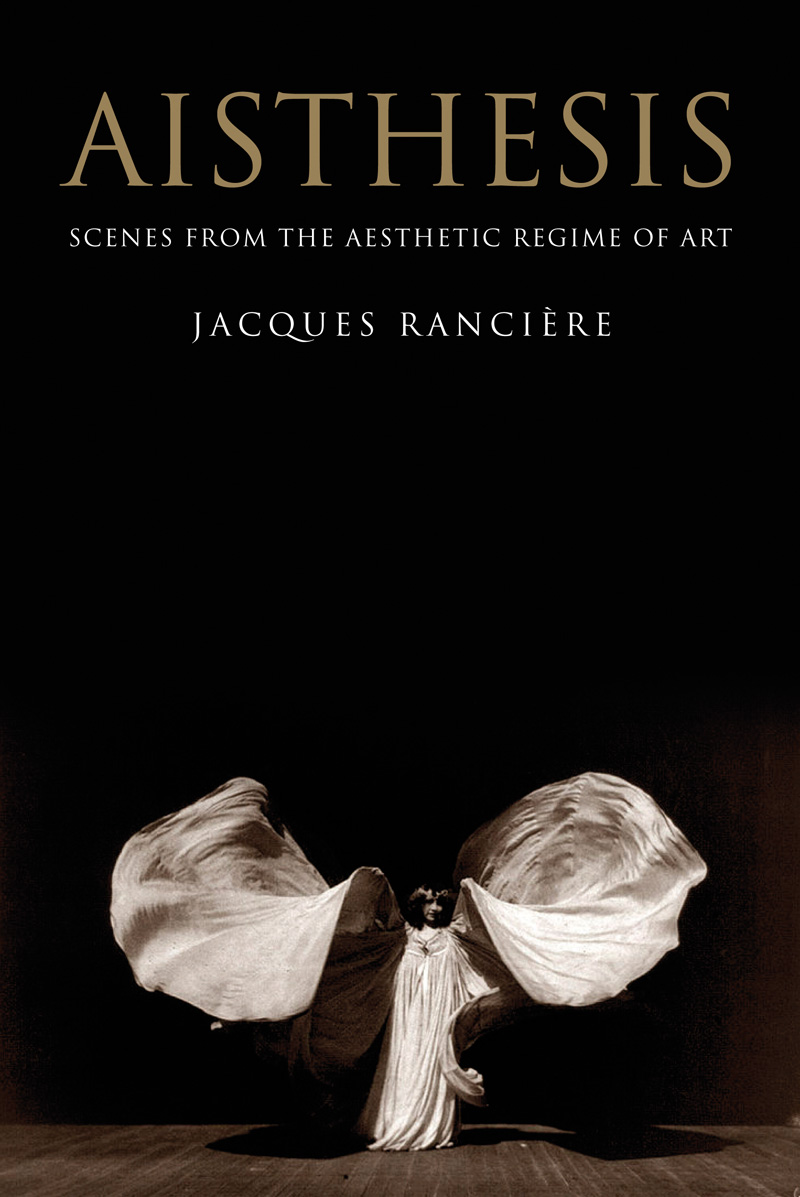
Aisthesis: Scenes from the Aesthetic Regime of Art
by Jacques Rancière
Composed in a series of scenes, Aisthesis–Rancière’s definitive statement on the aesthetic–takes its reader from Dresden in 1764 to New York in 1941. Along the way, we view the Belvedere Torso with Winckelmann, accompany Hegel to the museum and Mallarmé to the Folies-Bergère, attend a lecture by Emerson, visit exhibitions in Paris and New York, factories in Berlin, and film sets in Moscow and Hollywood. Rancière uses these sites and events—some famous, others forgotten—to ask what becomes art and what comes of it. He shows how a regime of artistic perception and interpretation was constituted and transformed by erasing the specificities of the different arts, as well as the borders that separated them from ordinary experience. This incisive study provides a history of artistic modernity far removed from the conventional postures of modernism.
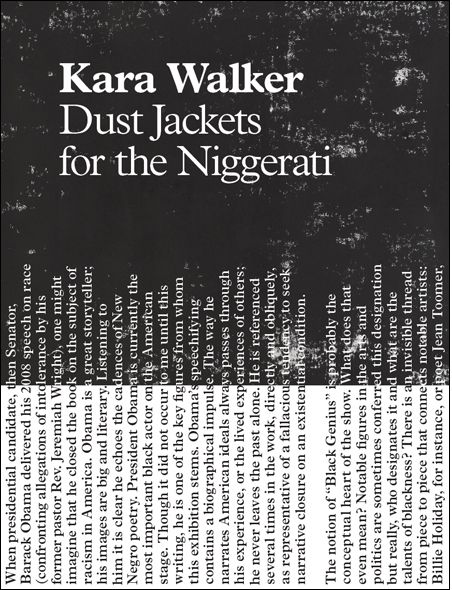
Kara Walker: Dust Jackets for the Niggerati
Text by Hilton Als, James Hannaham, Christopher Stackhouse, Kevin Young
African-American artist Kara Walker (born 1969) has been acclaimed internationally for her candid investigations of race, sexuality and violence through the lens of reconceived historical tropes. She had her first solo show at The Drawing Center in New York City in 1994 and, at the age of 28 in 1997, was one of the youngest people to receive a MacArthur Fellowship. This publication documents Dust Jackets for the Niggerati–and Supporting Dissertations, Drawings Submitted Ruefully by Dr. Kara E. Walker, a major series of graphite drawings and hand-printed texts on paper that grew out of Walker’s attempts to understand how interpersonal and geopolitical powers are asserted through the lives of individuals. In scenes that range from the grotesque to the humorous to the tragic, these works vividly and powerfully explore the themes of transition and migration that run through the African-American experience. The accompanying essays take us through Walker’s saga of American experience–the dual streams of renewal and destruction that trace parallel lines through the last century’s rapid urbanization and the complementary emergence of a “New Negro” identity. Fully illustrated with reproductions of the entire series, and designed by award-winning design studio CoMa with Walker’s close collaboration, Dust Jackets for the Niggerati represents a major contribution to the career of one of our most significant and complex contemporary artists.
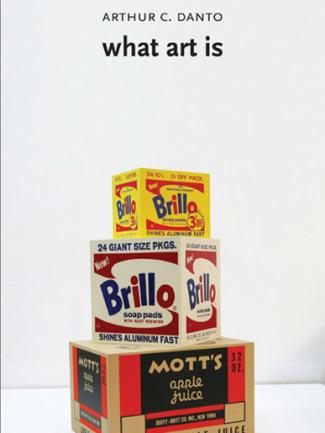
What Art Is
by Arthur C. Danto
What is it to be a work of art? Renowned author and critic Arthur C. Danto addresses this fundamental, complex question. Part philosophical monograph and part memoiristic meditation, What Art Is challenges the popular interpretation that art is an indefinable concept, instead bringing to light the properties that constitute universal meaning. Danto argues that despite varied approaches, a work of art is always defined by two essential criteria: meaning and embodiment, as well as one additional criterion contributed by the viewer: interpretation. Danto crafts his argument in an accessible manner that engages with both philosophy and art across genres and eras, beginning with Plato’s definition of art in The Republic, and continuing through the progress of art as a series of discoveries, including such innovations as perspective, chiaroscuro, and physiognomy. Danto concludes with a fascinating discussion of Andy Warhol’s famous shipping cartons, which are visually indistinguishable from the everyday objects they represent.
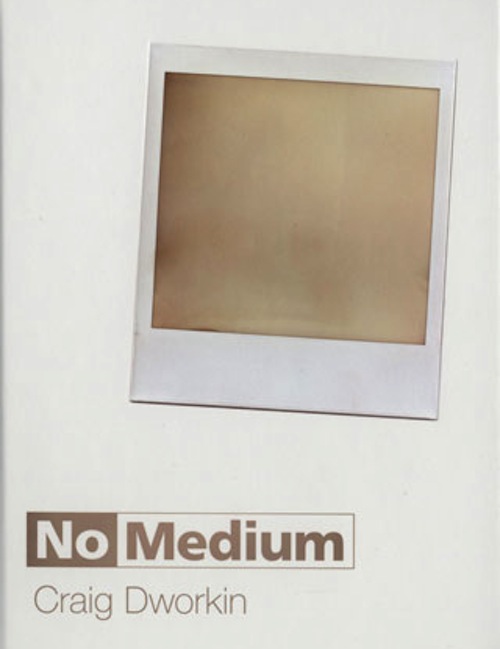
No Medium
by Craig Dworkin
In No Medium, Craig Dworkin looks at works that are blank, erased, clear, or silent, writing critically and substantively about works for which there would seem to be not only nothing to see but nothing to say. Examined closely, these ostensibly contentless works of art, literature, and music point to a new understanding of media and the limits of the artistic object. Dworkin considers works predicated on blank sheets of paper, from a fictional collection of poems in Jean Cocteau’s Orphée to the actual publication of a ream of typing paper as a book of poetry; he compares Robert Rauschenberg’s Erased De Kooning Drawing to the artist Nick Thurston’s erased copy of Maurice Blanchot’s The Space of Literature (in which only Thurston’s marginalia were visible); and he scrutinizes the sexual politics of photographic representation and the implications of obscured or obliterated subjects of photographs. Reexamining the famous case of John Cage’s 4’33″, Dworkin links Cage’s composition to Rauschenberg’s White Paintings, Ken Friedman’s Zen for Record (and Nam June Paik’s Zen for Film), and other works, offering also a “guide to further listening” that surveys more than 100 scores and recordings of “silent” music. Dworkin argues that we should understand media not as blank, base things but as social events, and that there is no medium, understood in isolation, but only and always a plurality of media: interpretive activities taking place in socially inscribed space.
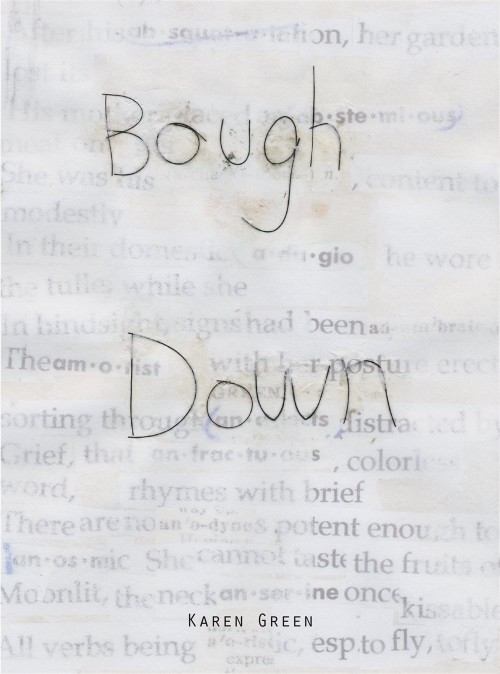
Bough Down
by Karen Green
With fearlessness and grace, Bough Down reports from deep inside the maelstrom of grief. In this profoundly beautiful and intensely moving lament, artist and writer Karen Green conjures the inscrutable space of love and loss, clarity and contradiction, sense and madness. She summons memory and the machination of the interior mind with the emotional acuity of music as she charts her passage through the devastation of her husband’s suicide. In crystalline fragments of text, Green’s voice is paradoxically confessional and non-confessional: moments in her journey are devastating but also luminous, exacting in sensation but also ambiguous and layered in meaning. Her world is haunted by the unnameable, and yet she renders that world with poetic precision in her struggle to make sense of not only of death but of living. In counterpoint, tiny visual collages punctuate the text, each made of salvaged language and scraps of the material world-pages torn from books, bits of paper refuse, drawings and photographs, old postage stamps and the albums which classify them. Each collage–and the creative act of making it–evinces the reassembling of life. A breathtaking lyric elegy, Bough Downuses music and silence, color and its absence, authority of experience and the doubt that trembles at its center to fulfill a humane artistic vision. This is a lapidary, keenly observed work, awash with the honesty of an open heart.
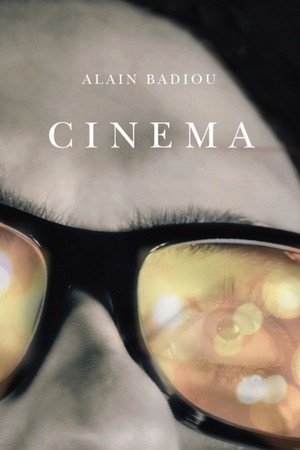
Cinema
by Alain Badiou
For Alain Badiou, films think, and it is the task of the philosopher to transcribe that thinking. What is the subject to which the film gives expressive form? This is the question that lies at the heart of Badiou’s account of cinema.
He contends that cinema is an art form that bears witness to the Other and renders human presence visible, thus testifying to the universal value of human existence and human freedom. Through the experience of viewing, the movement of thought that constitutes the film is passed on to the viewer, who thereby encounters an aspect of the world and its exaltation and vitality as well as its difficulty and complexity. Cinema is an impure art cannibalizing its times, the other arts, and people – a major art precisely because it is the locus of the indiscernibility between art and non-art. It is this, argues Badiou, that makes cinema the social and political art par excellence, the best indicator of our civilization, in the way that Greek tragedy, the coming-of-age novel and the operetta were in their respective eras.
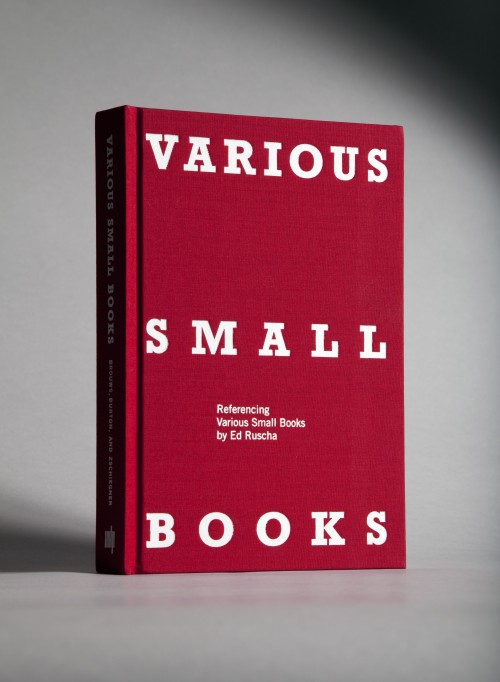
VARIOUS SMALL BOOKS: Referencing Various Small Books by Ed Ruscha
Edited by Jeff Brouws, Wendy Burton and Hermann Zschiegner
In the 1960s and 1970s, the artist Ed Ruscha created a series of small photo-conceptual artist’s books, among them Twentysix Gas Stations, Various Small Fires, Every Building on the Sunset Strip, Thirtyfour Parking Lots, Real Estate Opportunities, and A Few Palm Trees. Featuring mundane subjects photographed prosaically, with idiosyncratically deadpan titles, these “small books” were sought after, collected, and loved by Ruscha’s fans and fellow artists. Over the past thirty years, close to 100 other small books that appropriated or paid homage to Ruscha’s have appeared throughout the world. This book collects ninety-one of these projects, showcasing the cover and sample layouts from each along with a description of the work. It also includes selections from Ruscha’s books and an appendix listing all known Ruscha book tributes. These small books revisit, imitate, honor, and parody Ruscha in form, content, and title. Some rephotograph his subjects: Thirtyfour Parking Lots, Forty Years Later. Some offer a humorous variation: Various Unbaked Cookies (which concludes, as did Ruscha’s Various Small Fires, with a glass of milk), Twentynine Palms (twenty-nine photographs of palm-readers’ signs). Some say something different: None of the Buildings on Sunset Strip. Some reach for a connection with Ruscha himself: 17 Parked Cars in Various Parking Lots Along Pacific Coast Highway Between My House and Ed Ruscha’s. With his books, Ruscha expanded the artist’s field of permissible subjects, approaches, and methods. With VARIOUS SMALL BOOKS, various artists pay tribute to Ed Ruscha and extend the legacy of his books.
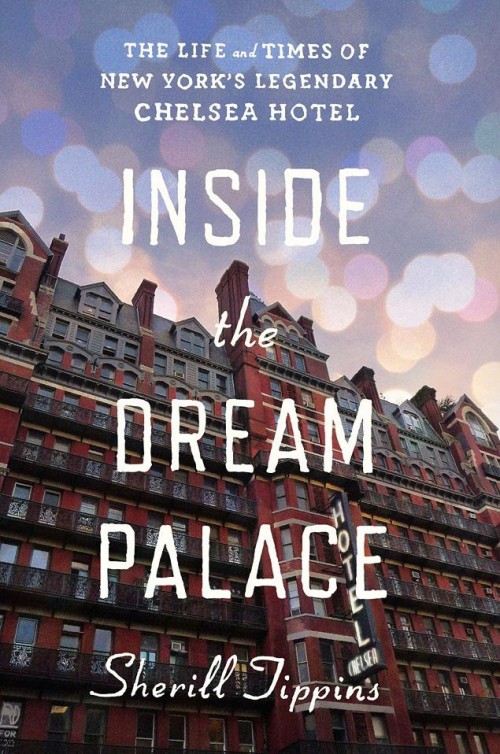
Inside the Dream Palace: The Life and Times of New York’s Legendary Chelsea Hotel
by Sherill Tippins
The Chelsea Hotel, since its founding by a visionary French architect in 1884, has been an icon of American invention: a cultural dynamo and haven for the counterculture, all in one astonishing building. Sherill Tippins, author of the acclaimed February House, delivers a masterful and endlessly entertaining history of the Chelsea and of the successive generations of artists who have cohabited and created there, among them John Sloan, Edgar Lee Masters, Thomas Wolfe, Dylan Thomas, Arthur Miller, Allen Ginsberg, Bob Dylan, Janis Joplin, Leonard Cohen, Patti Smith, Robert Mapplethorpe, Andy Warhol, Sam Shepard, Sid Vicious, and Dee Dee Ramone. Now as legendary as the artists it has housed and the countless creative collaborations it has sparked, the Chelsea has always stood as a mystery as well: Why and how did this hotel become the largest and longest-lived artists’ community in the known world? Inside the Dream Palace is the intimate and definitive story.
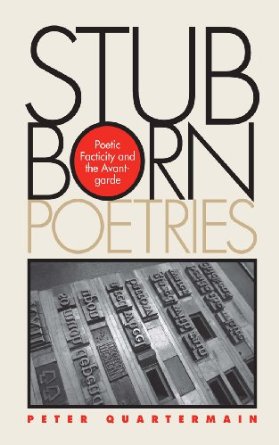
Stubborn Poetries: Poetic Facticity and the Avant-Garde
by Peter Quartermain
Stubborn Poetries is a study of poets whose work, because of its difficulty, apparent obduracy, or simple resistance to conventional explication, remains more-or-less firmly outside the canon.
The focus of the essays in Stubborn Poetries by Peter Quartermain is on nonmainstream poets–often unknown, unstudied, and neglected writers whose work bucks preconceived notions of what constitutes the avant-garde. “Canonical Strategies and the Question of Authority: T.S. Eliot and William Carlos Williams” opens the collection and sounds a central theme: Quartermain argues that Williams, especially in his early work, soughtnoncanonical status, in contrast to Eliot, who rapidly identified his work with a literary and critical establishment. As is well known, Eliot attracted early critical and academic attention; Williams did not. Williams’s insistence that the personal and individual constituted his sole authority is echoed again and again in the work of the writers examined in the subsequent essays.

Women of the Avant-Garde 1920-1940
Edited by Michael Juul Holm, Mette Marcus, Kirsten Degel, Jeanne Rank
Women of the Avant-Garde 1920-1940 presents eight female artists who made major contributions to Dada, Surrealism, Constructivism and other European avant-gardes of the modernist era: Claude Cahun, Sonia Delaunay, Germaine Dulac, Florence Henri, Hannah Höch, Katarzyna Kobro, Dora Maar and Sophie Taeuber-Arp. The artists are constellated in relation to one another across five themed sections that illuminate the nature of their respective innovations: “Composing Color,” “Constructing Space,” “Different Rules,” “New Identities” and “Another Reality.”

Matthew Barney: The Conversation Series: Volume 27
by Hans Ulrich Obrist
Over the course of about ten years, Hans Ulrich Obrist and Matthew Barney met several times to discuss Barney’s past work, current projects and his plans for the future. The resulting collection of interviews provides a rare insight into how the work and working method of one of the most prominent artists of a generation has developed over time, and uncovers the ideas, influences and collaborations that lie behind his multi-layered and multimedia creative output. The conversation covers all of his major pieces to date, from the internationally acclaimed Cremaster cycle to the somewhat less well-known Drawing Restraint series, as well as looking at particular projects in more detail, such as the recent “Khu” performance and Barney’s participation in Il Tempo del Postino, curated by Obrist at the 2007 Manchester International Festival.
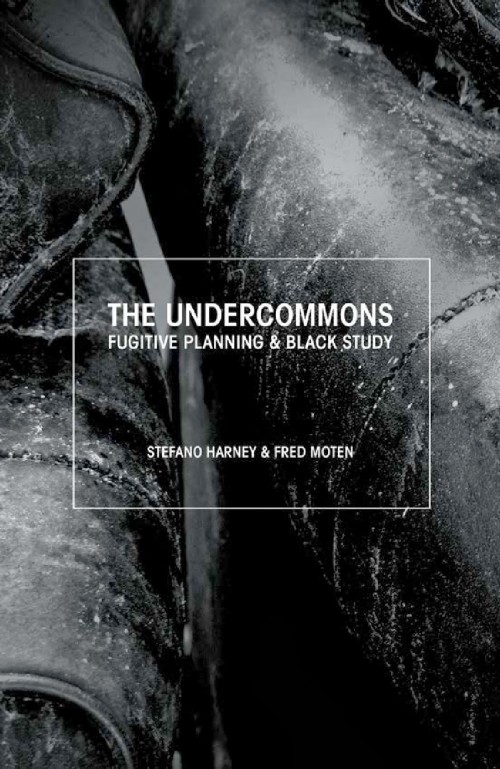
the undercommons
by Fred Moten and Stefano Harney
In this series of essays Fred Moten and Stefano Harney draw on the theory and practice of the black radical tradition as it supports, inspires, and extends contemporary social and political thought and aesthetic critique. Today the general wealth of social life finds itself confronted by mutations in the mechanisms of control, from the proliferation of capitalist logistics through governance by credit and management of pedagogy. Working from and within the social poesis of life in the undercommons Moten and Harney develop and expand an array of concepts: study, debt, surround, planning, and the shipped. On the fugitive path of an historical and global blackness, the essays in this volume unsettle and invite the reader to the self-organised ensembles of social life that are launched every day and every night amid the general antagonism of the undercommons.

.
Testo Junkie: Sex, Drugs, and Biopolitics in the Pharmacopornographic Era
by Beatriz Preciado
What constitutes a “real” man or woman in the twenty-first century? Since birth control pills, erectile dysfunction remedies, and factory-made testosterone and estrogen were developed, biology is definitely no longer destiny.
In this penetrating analysis of gender, Beatriz Preciado shows the ways in which the synthesis of hormones since the 1950s has fundamentally changed how gender and sexual identity are formulated, and how the pharmaceutical and pornography industries are in the business of creating desire. This riveting continuation of Michel Foucault’s The History of Sexuality also includes Preciado’s diaristic account of her own use of testosterone every day for one year, and its mesmerizing impact on her body as well as her imagination.
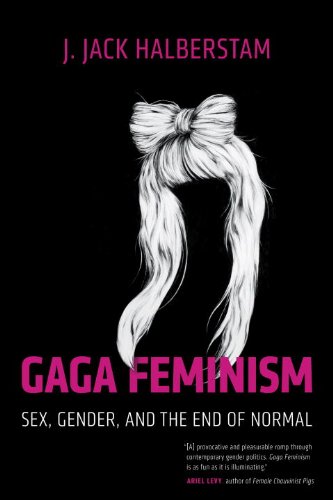
Gaga Feminism: Sex, Gender, and the End of Normal
by J. Jack Halberstam
Why are so many women single, so many men resisting marriage, and so many gays and lesbians having babies?
In Gaga Feminism: Sex, Gender, and the End of Normal, J. Jack Halberstam answers these questions while attempting to make sense of the tectonic cultural shifts that have transformed gender and sexual politics in the last few decades. This colorful landscape is populated by symbols and phenomena as varied as pregnant men, late-life lesbians, SpongeBob SquarePants, and queer families. So how do we understand the dissonance between these real lived experiences and the heteronormative narratives that dominate popular media? We can embrace the chaos! With equal parts edge and wit, Halberstam reveals how these symbolic ruptures open a critical space to embrace new ways of conceptualizing sex, love, and marriage.
Using Lady Gaga as a symbol for a new era, Halberstam deftly unpacks what the pop superstar symbolizes, to whom and why. The result is a provocative manifesto of creative mayhem, a roadmap to sex and gender for the twenty-first century, that holds Lady Gaga as an exemplar of a new kind of feminism that privileges gender and sexual fluidity.
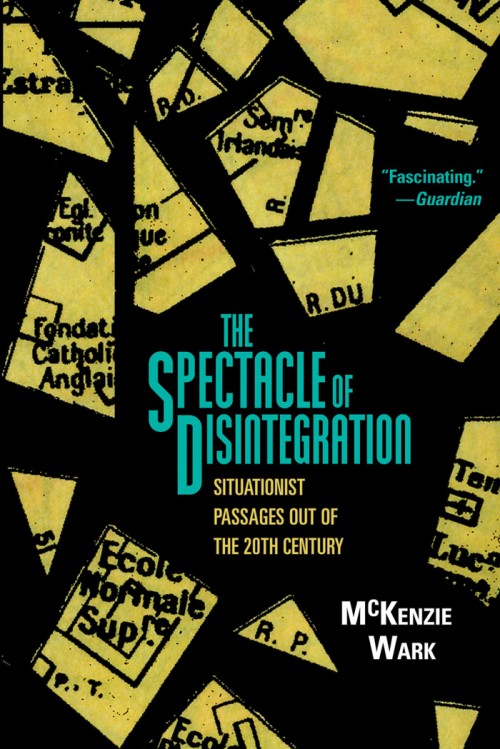
The Spectacle of Disintegration: Situationist Passages out of the Twentieth Century
by Mckenzie Wark
Following his acclaimed history of the Situationist International up until the late sixties, The Beach Beneath the Street, McKenzie Wark returns with a companion volume which puts the late work of the Situationists in a broader and deeper context, charting their contemporary relevance and their deep critique of modernity. Wark builds on their work to map the historical stages of the society of the spectacle, from the diffuse to the integrated to what he calls the disintegrating spectacle. The Spectacle of Disintegration takes the reader through the critique of political aesthetics of former Situationist T.J. Clark, the Fourierist utopia of Raoul Vaneigem, René Vienet’s earthy situationist cinema, Gianfranco Sangunetti’s pranking of the Italian ruling class, Alice-Becker Ho’s account of the anonymous language of the Romany, Guy Debord’s late films and his surprising work as a game designer.
At once an extraordinary counter history of radical praxis and a call to arms in the age of financial crisis and the resurgence of the streets, The Spectacle of Disintegration recalls the hidden journeys taken in the attempt to leave the twentieth century, and plots an exit from the twenty first.
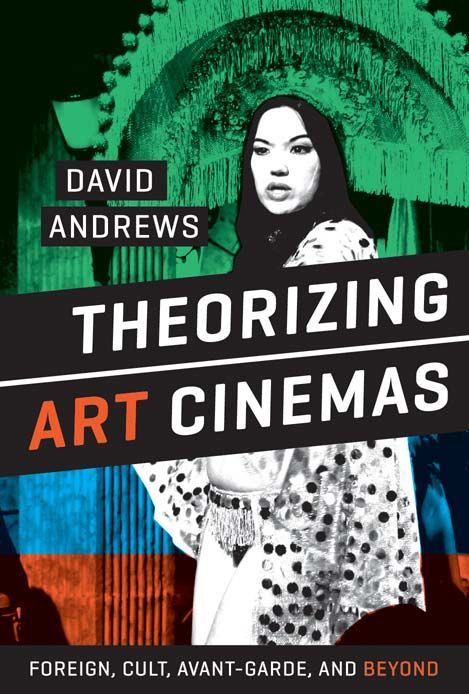
Theorizing Art Cinemas: Foreign, Cult, Avant-Garde, and Beyond
by David Andrews
The term “art cinema” has been applied to many cinematic projects, including the film d’art movement, the postwar avant-gardes, various Asian new waves, the New Hollywood, and American indie films, but until now no one has actually defined what “art cinema” is. Turning the traditional, highbrow notion of art cinema on its head, Theorizing Art Cinemas takes a flexible, inclusive approach that views art cinema as a predictable way of valuing movies as “art” movies—an activity that has occurred across film history and across film subcultures—rather than as a traditional genre in the sense of a distinct set of forms or a closed historical period or movement.
David Andrews opens with a history of the art cinema “super-genre” from the early days of silent movies to the postwar European invasion that brought Italian Neorealism, the French New Wave, and the New German Cinema to the forefront and led to the development of auteur theory. He then discusses the mechanics of art cinema, from art houses, film festivals, and the academic discipline of film studies, to the audiences and distribution systems for art cinema as a whole. This wide-ranging approach allows Andrews to develop a theory that encompasses both the high and low ends of art cinema in all of its different aspects, including world cinema, avant-garde films, experimental films, and cult cinema. All of these art cinemas, according to Andrews, share an emphasis on quality, authorship, and anticommercialism, whether the film in question is film festival favorite or a midnight movie.
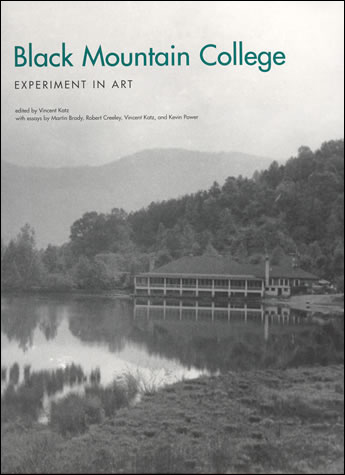
Black Mountain College: Experiment in Art
edited by Vincent Katz
Although it lasted only twenty-three years (1933–1956) and enrolled fewer than 1,200 students, Black Mountain College was one of the most fabled experimental institutions in art education and practice. Faculty members included Anni Albers, Josef Albers, Ilya Bolotowsky, John Cage, Harry Callahan, Merce Cunningham, Buckminster Fuller, Walter Gropius, Clement Greenberg, Lou Harrison, Franz Kline, Willem de Kooning, Jacob Lawrence, Robert Motherwell, Roger Sessions, Ben Shahn, Aaron Siskind, Esteban Vicente, and Stefan Wolpe. Among their students were Ruth Asawa, John Chamberlain, Ray Johnson, Kenneth Noland, Robert Rauschenberg, Dorothea Rockburne, Cy Twombly, and Susan Weil. Literature teachers included Robert Creeley, Robert Duncan, Charles Olson, and M.C. Richards, with students Fielding Dawson, Ed Dorn, Francine du Plessix Gray, Joel Oppenheimer, Arthur Penn, John Wieners, and Jonathan Williams. This book — the paperback edition of a milestone work that has been unavailable for several years — documents the short but influential life of Black Mountain College.
















 Door to Hell, The Burning Crater of Turkmenistan
Door to Hell, The Burning Crater of Turkmenistan
 Grandma Transforms Into Superhero, Uses Photo Therapy to Uplift Her Spirit
Grandma Transforms Into Superhero, Uses Photo Therapy to Uplift Her Spirit
 15 Heartfelt Photographs of Random Acts of Kindness
15 Heartfelt Photographs of Random Acts of Kindness
 Aerial Beach Photographs by Gray Malin
Aerial Beach Photographs by Gray Malin
 Destroyed Apple Products Become Photographic Works of Art
Destroyed Apple Products Become Photographic Works of Art
 Mesmerizing Spiralling Bauhaus Staircase Photography by Balint Alovits
Mesmerizing Spiralling Bauhaus Staircase Photography by Balint Alovits
 26 Super Realistic Artworks That Aren’t Photographs
26 Super Realistic Artworks That Aren’t Photographs
 HeinekenCloud by Kissmiklos and Gaspar Bonta
HeinekenCloud by Kissmiklos and Gaspar Bonta
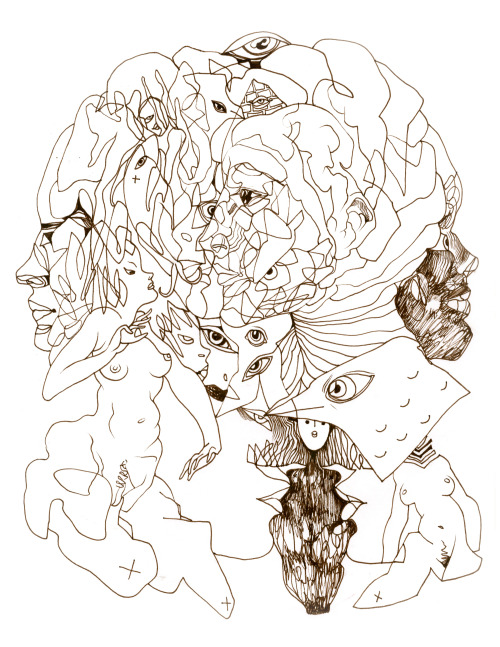




















































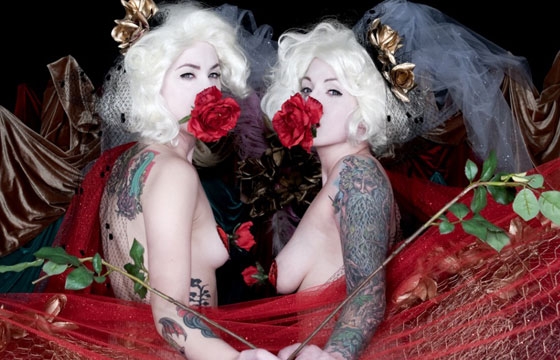
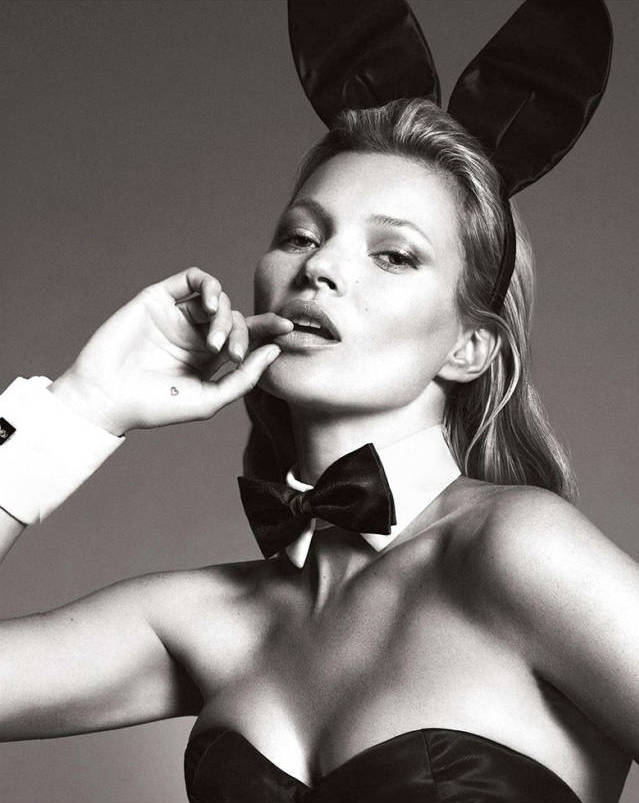
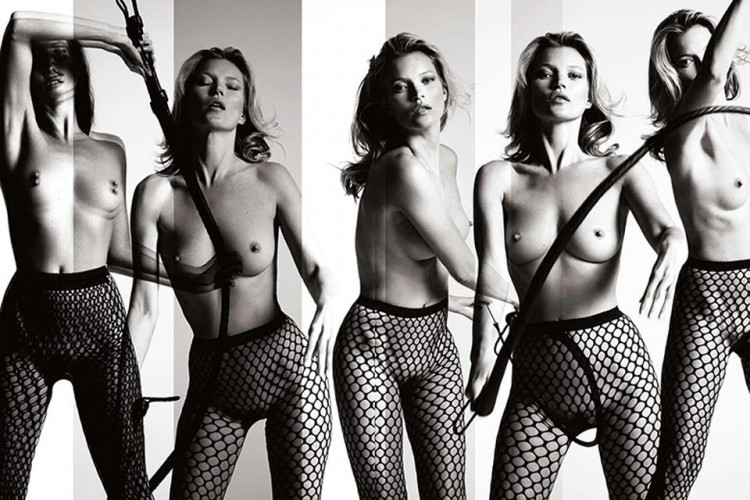

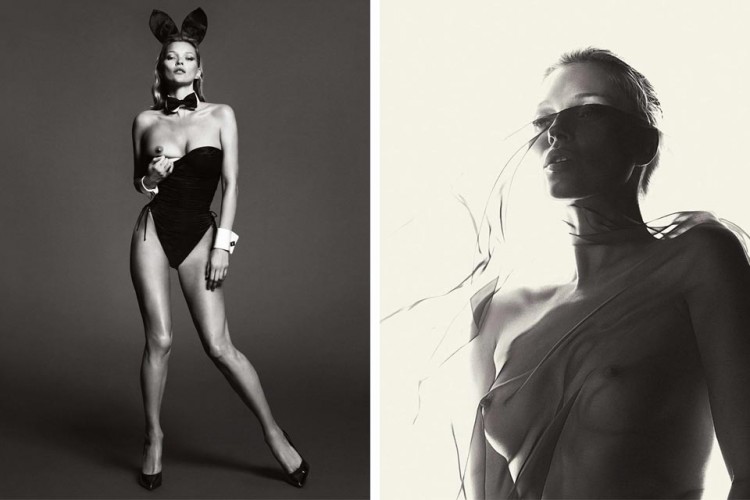
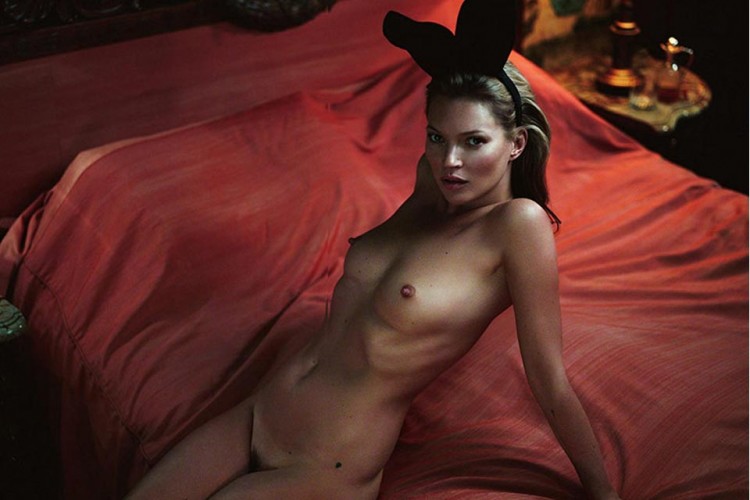
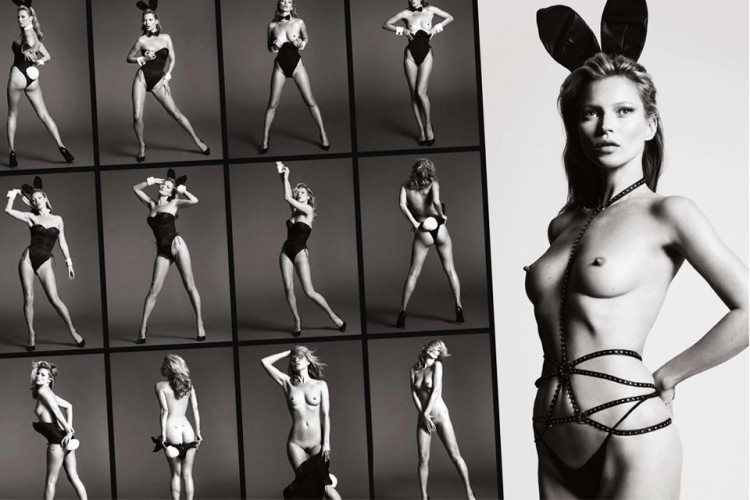
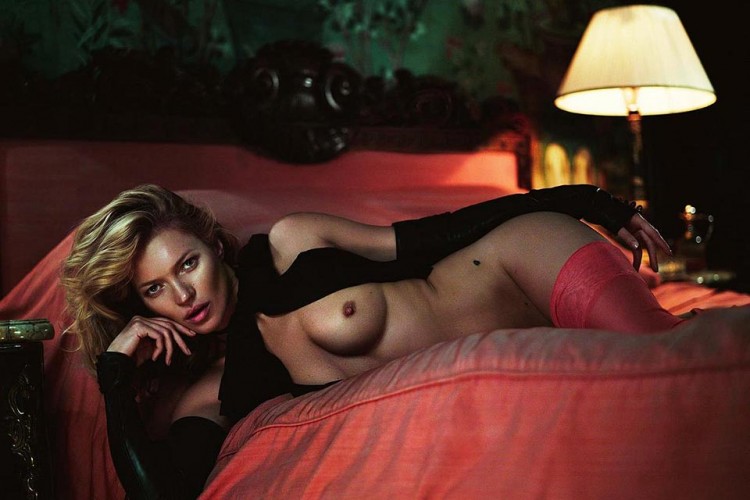
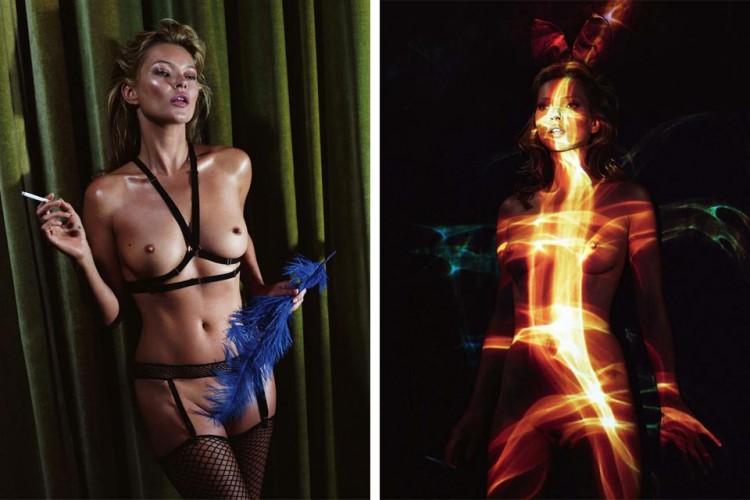









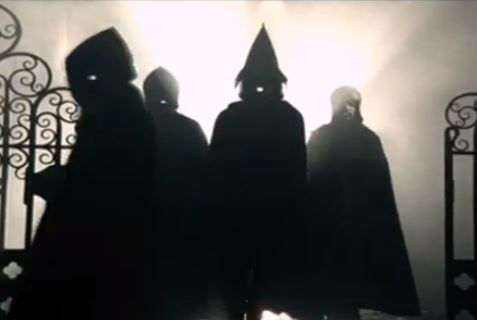

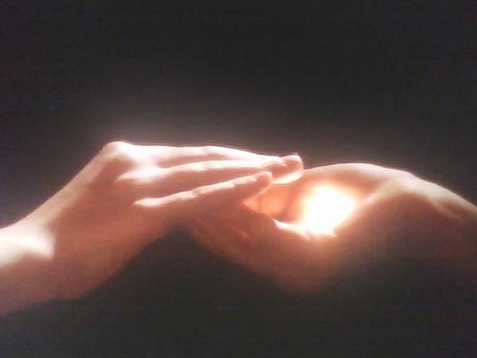






















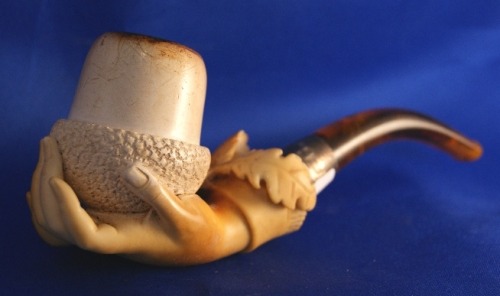


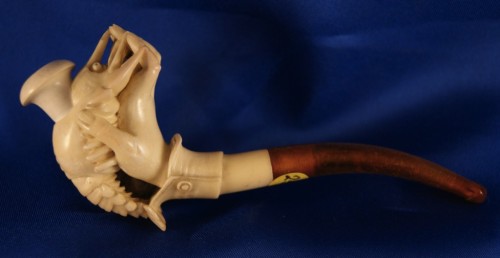




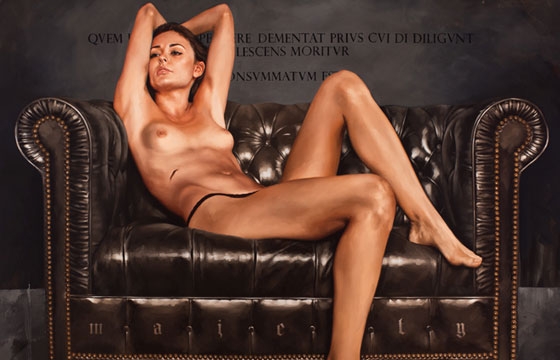







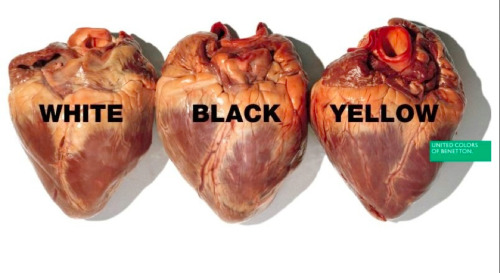

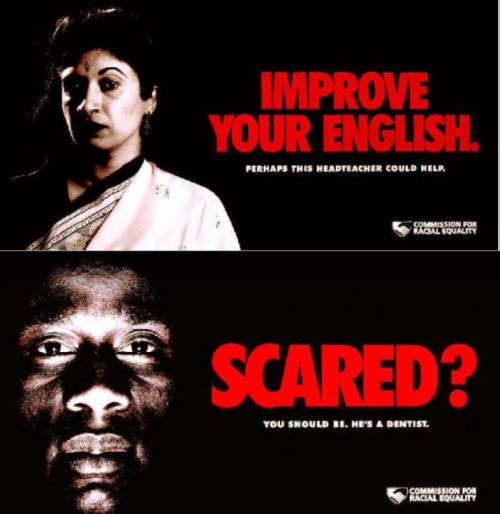
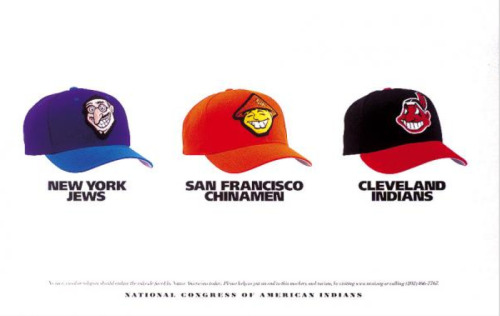
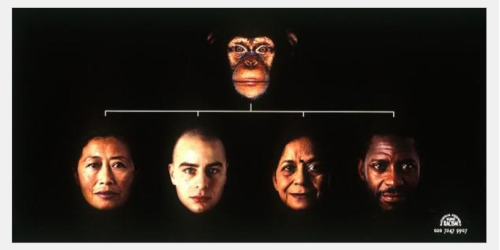





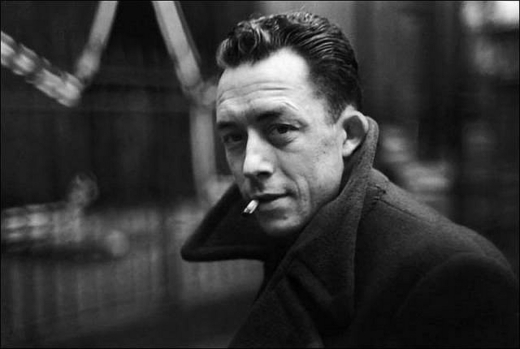














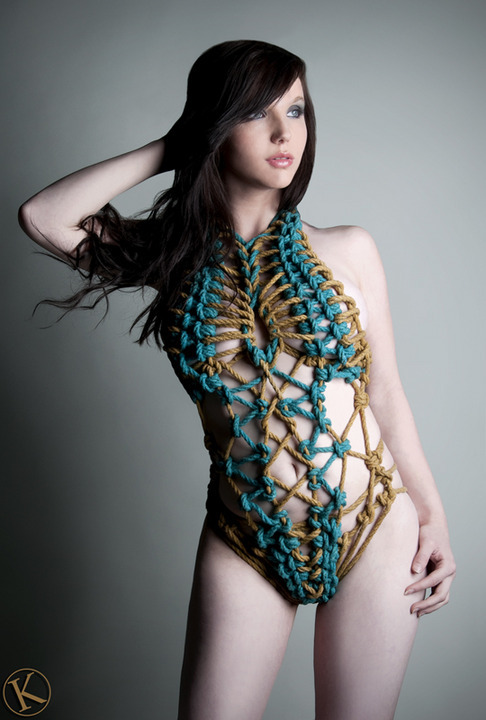









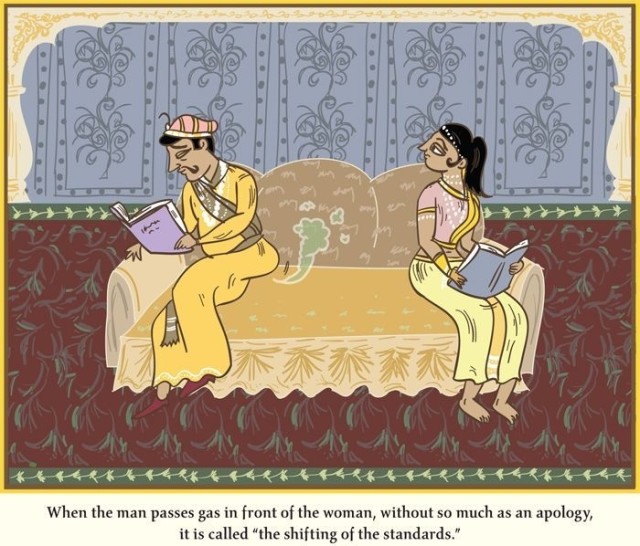
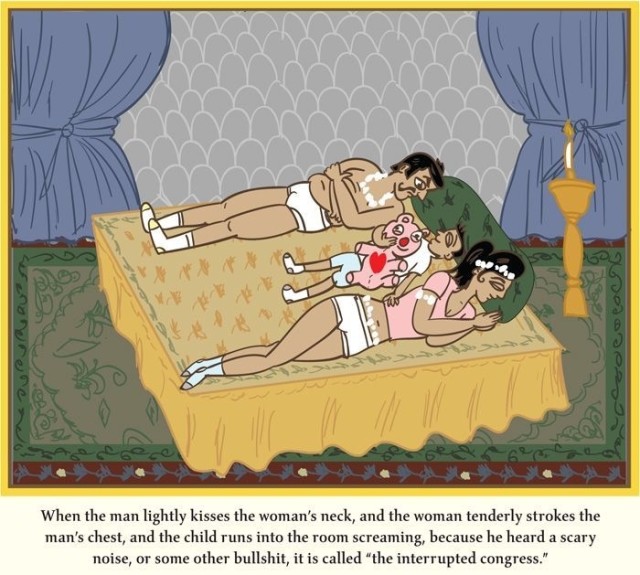
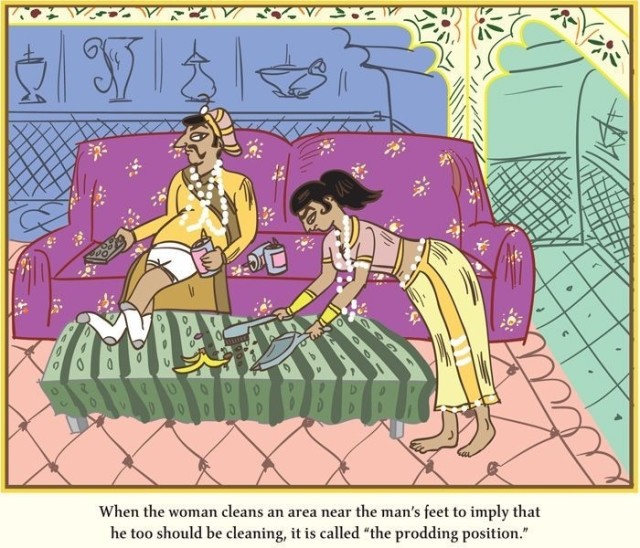

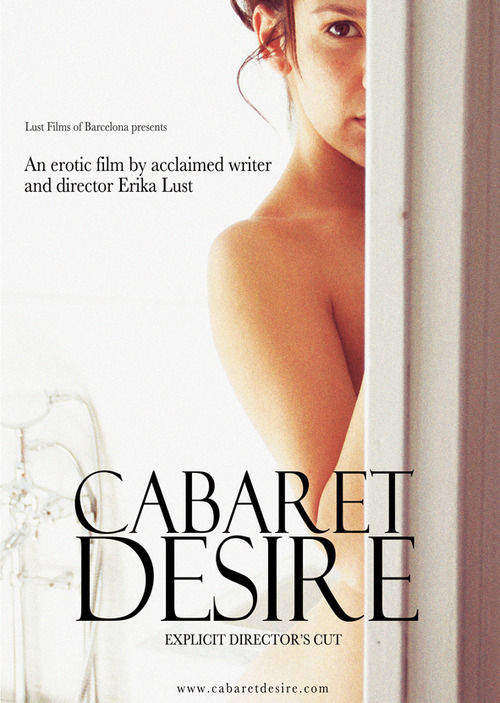

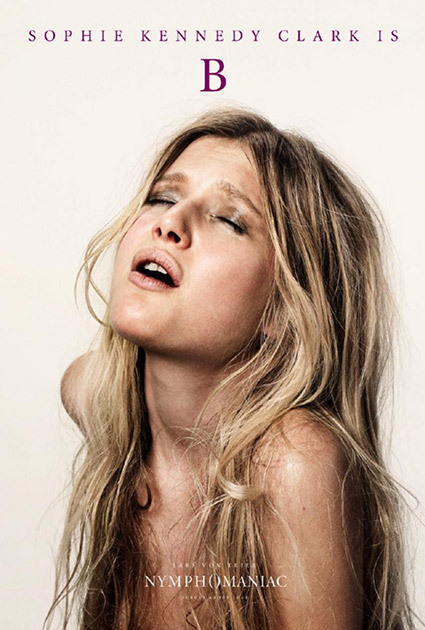


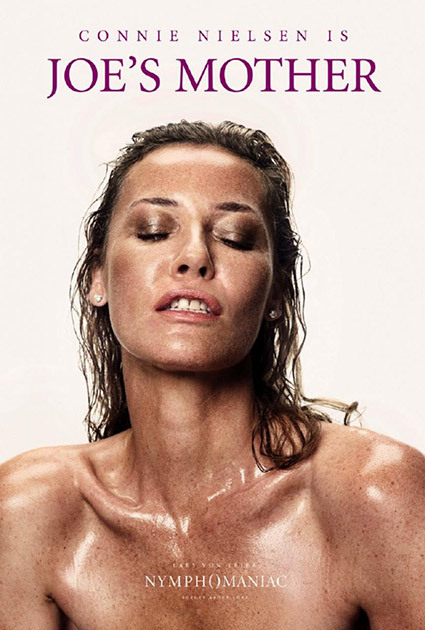
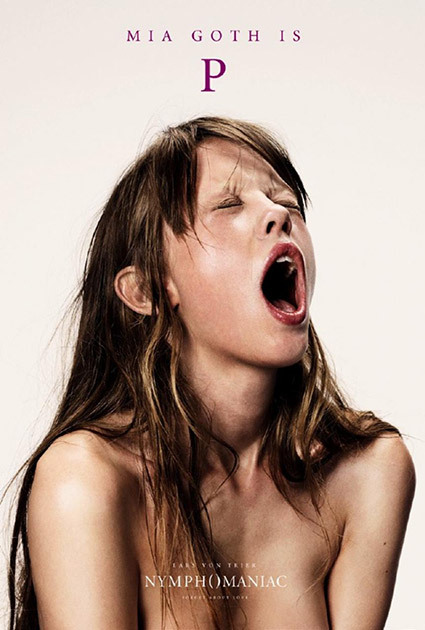

 kerbyrosanes.deviantart.com
kerbyrosanes.deviantart.com
 kerbyrosanes.deviantart.com
kerbyrosanes.deviantart.com  kerbyrosanes.deviantart.com
kerbyrosanes.deviantart.com  kerbyrosanes.deviantart.com
kerbyrosanes.deviantart.com  kerbyrosanes.deviantart.com
kerbyrosanes.deviantart.com  kerbyrosanes.deviantart.com
kerbyrosanes.deviantart.com  kerbyrosanes.deviantart.com
kerbyrosanes.deviantart.com  kerbyrosanes.deviantart.com
kerbyrosanes.deviantart.com  kerbyrosanes.deviantart.com
kerbyrosanes.deviantart.com  kerbyrosanes.deviantart.com
kerbyrosanes.deviantart.com  kerbyrosanes.deviantart.com
kerbyrosanes.deviantart.com  kerbyrosanes.deviantart.com
kerbyrosanes.deviantart.com  kerbyrosanes.deviantart.com
kerbyrosanes.deviantart.com  kerbyrosanes.deviantart.com
kerbyrosanes.deviantart.com  kerbyrosanes.deviantart.com
kerbyrosanes.deviantart.com  kerbyrosanes.deviantart.com
kerbyrosanes.deviantart.com  kerbyrosanes.deviantart.com
kerbyrosanes.deviantart.com  kerbyrosanes.deviantart.com
kerbyrosanes.deviantart.com  kerbyrosanes.deviantart.com
kerbyrosanes.deviantart.com  kerbyrosanes.deviantart.com
kerbyrosanes.deviantart.com  kerbyrosanes.deviantart.com
kerbyrosanes.deviantart.com